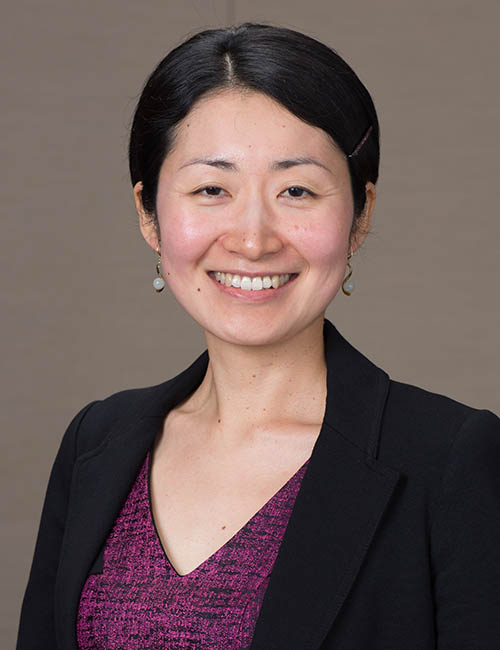Meet Yurika Wakamatsu of Art & Art History, who teaches courses on gender and visual culture in East Asia, East Asian art, Japanese woodblock prints and more.
Tell us about the research you’re working on right now.
My current project investigates the intersection of art and womanhood in modern Japan. Late 19th-century Japan saw the emergence of new conceptions of art and gender, and strikingly, the feminization of art became a vital part of the modern ideals of Japanese womanhood. Art came to be perceived as a practice essential to women’s cultivation of their femininity. The modern discourse on art was deeply interwoven with the shifting conceptions of ideal womanhood.
Previous scholarship on modern Japanese art has tended to focus on Western-style art institutions that were almost exclusively established by and for men. Illuminating the relationship between art, femininity and home, which became a topic of vital debate at the turn of the century, my work presents an alternative history of the construction and dissemination of art in modern Japan.
How do you incorporate your own research into your classes?
I frequently assign readings in my courses that are relevant to both my teaching and publishing goals. Discussing materials pertinent to my own research with my students has been particularly productive for me. While preparing my lesson plans, I constantly ask myself: So what? Why does this matter? I believe this mode of thinking that teaching inspires is essential to academic publishing, as well; it challenges me to frame my own research in a way that will be meaningful to a wider audience.
What has been one of the proudest moments you’ve had with your students?
The proudest and most inspiring moments of my teaching career are when I see my students overcome challenges and gain confidence in themselves. I had a series of such rewarding moments while serving as a Fulbright grant advisor last year. Through our intensive conversations, as well as numerous revisions of application essays, the students discovered direct connections between what they have accomplished in the past and what they hope to achieve in the future.
In the end, all the time and energy that the students and I invested in this laborious process paid off when we learned that three of the four students I had worked particularly closely with received Fulbright grants, while another was listed as a finalist for a highly competitive award. I feel very fortunate to have been able to take part in this important process of students’ personal and professional development. I am looking forward to working with a new cohort of Fulbright applicants this year.
How does Oxy’s Los Angeles location influence or inform your teaching and research?
I have been actively using the rich resources of Oxy’s unique urban location to create diverse, interactive learning experiences for our students. All of my courses include excursions to local museums, as well as demonstrations by L.A.-based artists. Teaching with real objects provides an ideal gateway for students to experience the excitement of interacting with art; such excitement often catalyzes them to pursue a deeper understanding of Asian art and culture. I have also been establishing a network of contacts with scholars in and around Los Angeles; through my growing network, I have been invited to give lectures at UCLA, USC, and Scripps, among other institutions. I look forward to continuing to exchange ideas with local scholars and artists to build a foundation for future collaboration in both research and teaching.

